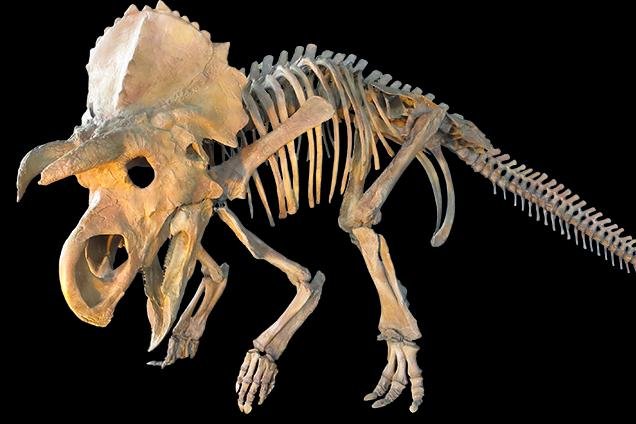1 of 4 | A model of the newly discovered dino species, dubbed Ava. Photo by Triebold Paleontology/Rocky Mountain Dinosaur Resource Center
WOODLAND PARK, Colo., Sept. 18 (UPI) -- A team of Colorado researchers say there's nothing else like the dinosaur specimen they unearthed. Though it's yet to be given a scientific name, scientists dubbed the dino "Ava," due to its resemblance of triceratops relative Avaceratops.
The dinosaur's fossils were discovered at the Judith River Formation in Montana. They're dated at 75 million years old, placing the dino's heyday within the Campanian stage of the Late Cretaceous.
"This is really a cute dinosaur, if dinosaurs can be cute," Michael Triebold, president of Triebold Paleontology, Inc. and founder of the Rocky Mountain Dinosaur Resource Center, told CBS News. "It looks like a mini triceratops at a glance, but no nose horn."
On top of the missing nose horn and miniature size, the specimen features unusual proportions, leading researchers to believe the fossils are evidence of a new species.
"We don't have a whole lot of barrel-chested animals around today where 30 percent of the critter is tail," Anthony Maltese, a member of the excavation team and curator at the Rocky Mountain Dinosaur Resource Center, told Colorado Springs Gazette.
"Some differences were major, and some were minor," Maltese said. "There were enough differences we were sure we'd found something completely new."
Ava was originally discovered in 2012. Researchers have spent the last few years restoring the dinosaur's bones, and then molding and casting them to build a displayable model. The newly casted skeleton was unveiled this week in Woodland Park, Colorado.
Though researchers found 85 percent of the specimen's bones -- a remarkably high number -- they still had to cast a variety of bones to fill out the model.
The original fossils will be sold to another museum or institution.















